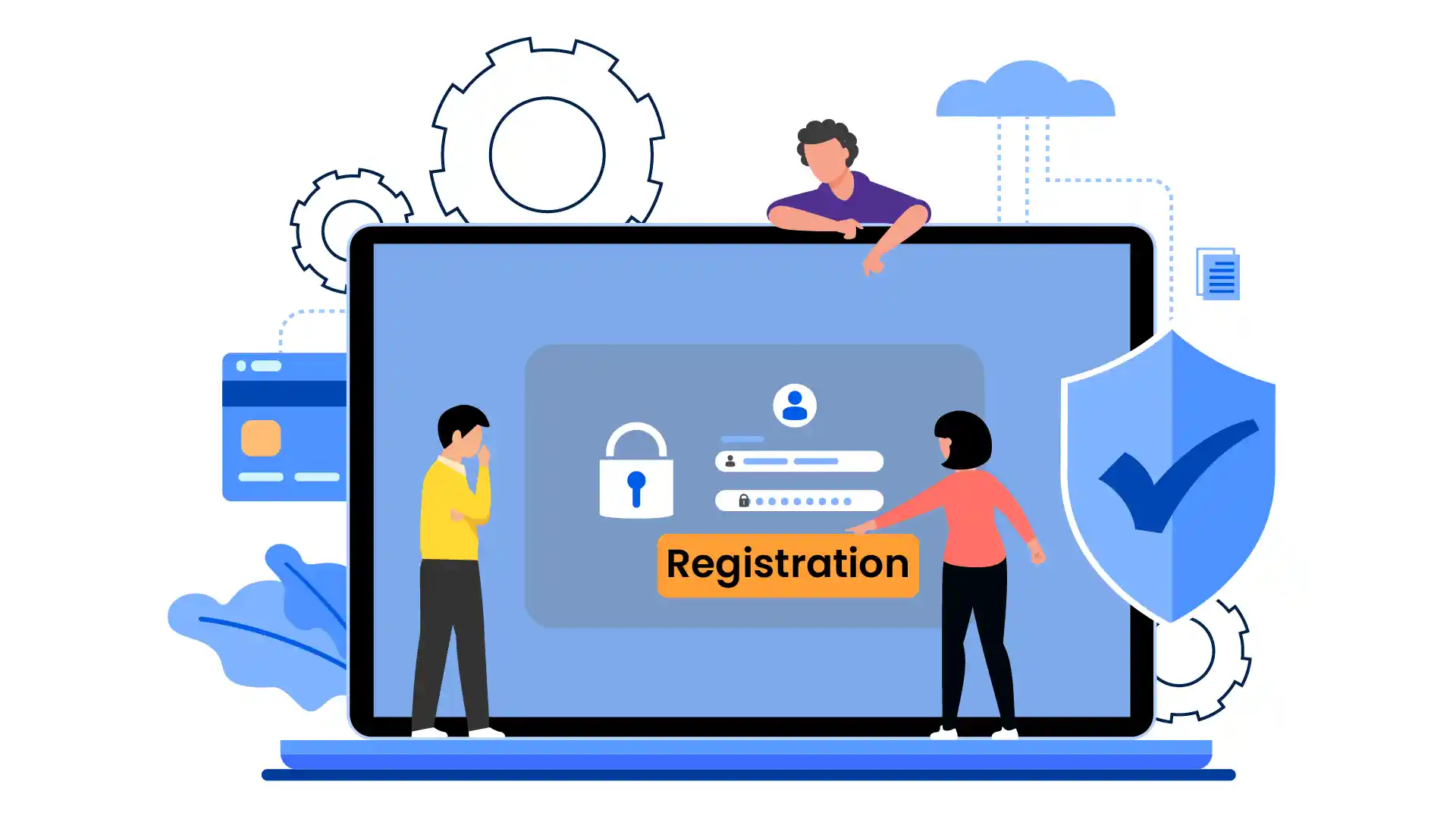The Micro, Small, and Medium Enterprises Development Act of 2006 took effect on June 16, 2006. It is organized into six chapters, which are further subdivided into 32 sections. This Act also establishes the National Board of Micro, Small, and Medium Enterprises. The board’s headquarters are in Delhi. The members of the board are defined in Section 3 of the Act. The central government can form an advisory committee by issuing a notification. Filling out the memorandum replaces the registration of micro, small, and medium firms. It is usually encouraged to register the firm as a micro, small, or medium enterprise to reap the benefits of the Act.
When the government first launched MSME registration in 2006, the classification of MSME was based on investment criteria in plant and machinery or equipment. The government updated the MSME classification by adding composite investment and annual turnover criteria. In addition, the MSME definition no longer distinguishes between the manufacturing and service industries.
Documents required for MSME registration:
- Aadhar number
- PAN number
- Address of the business
- Bank account number
- The basic business activity
- NIC 2-digit code
- Investment details (plant and equipment details)
- Capital of the company.
- Copies of sales and purchase bills
- Copies of licenses and bills for purchased machinery
MSME Registration Process
Companies must complete the MSME registration process online at udyamregistration.gov.in. Their registration is divided into two broad categories:
- MSME registration for newly registered entrepreneurs
- Registration for people who have already completed MSME registration as an EM-II or UAM (Udyog Aadhar Memorandum)
To register your business online, follow the procedures below:
- Go to the Udyam registration portal and fill out the relevant form.
- Then click on the first link on the page.
- Enter Aadhaar number and name, then click the “Validate & Generate OTP” button.
- After verification, provide PAN information.
- After that, complete the form with field numbers 5–24.
- An OTP request will be issued to phone again at the end of the form. To submit the form, enter the OTP and verification code.
- Following successful registration, a “Thank You” message with a Registration Number will appear. Keep that number on hand for future use.
- Once the application form is received, the approval and registration process can take up to 2–3 days.
- If your application is granted, then it will be registered, and MSME certificate will be emailed.
Advantages of MSME
- Bank loans become more affordable as a result of MSME Registration India because the interest rate is quite low, around 1-1.5%, which is significantly lower than the interest rate on conventional loans.
- MSME registration facilitates the acquisition of government tenders because the Udyam Registration Portal is integrated with the government e-marketplace and other state government portals that provide quick access to their marketplaces and e-tenders.
- MSME registration would enable MSMEs to take advantage of government programmes such as the Credit Guarantee Scheme, the Credit Linked Capital Subsidy Scheme, the Public Procurement Policy, Protection against Late Payments, and so on.
- It also permitted credits for minimal alternate tax (MAT) to be carried forward for up to 15 years rather than just ten.
Micro, small, and medium enterprises have been recognized as an engine of economic growth and play a significant part in the country’s development by creating more jobs at a cheap capital cost. It employs nearly 11 million people through the operation of five million businesses that manufacture a diverse range of approximately 7000 different items. The MSMEs industry generates 8% of India’s overall GDP, but if there is a conflict between buyer and seller and it is not addressed by the government, it would cause anarchy. Furthermore, the RBI is attempting to inject funds into the MSMEs sector, although its impact has been limited.



